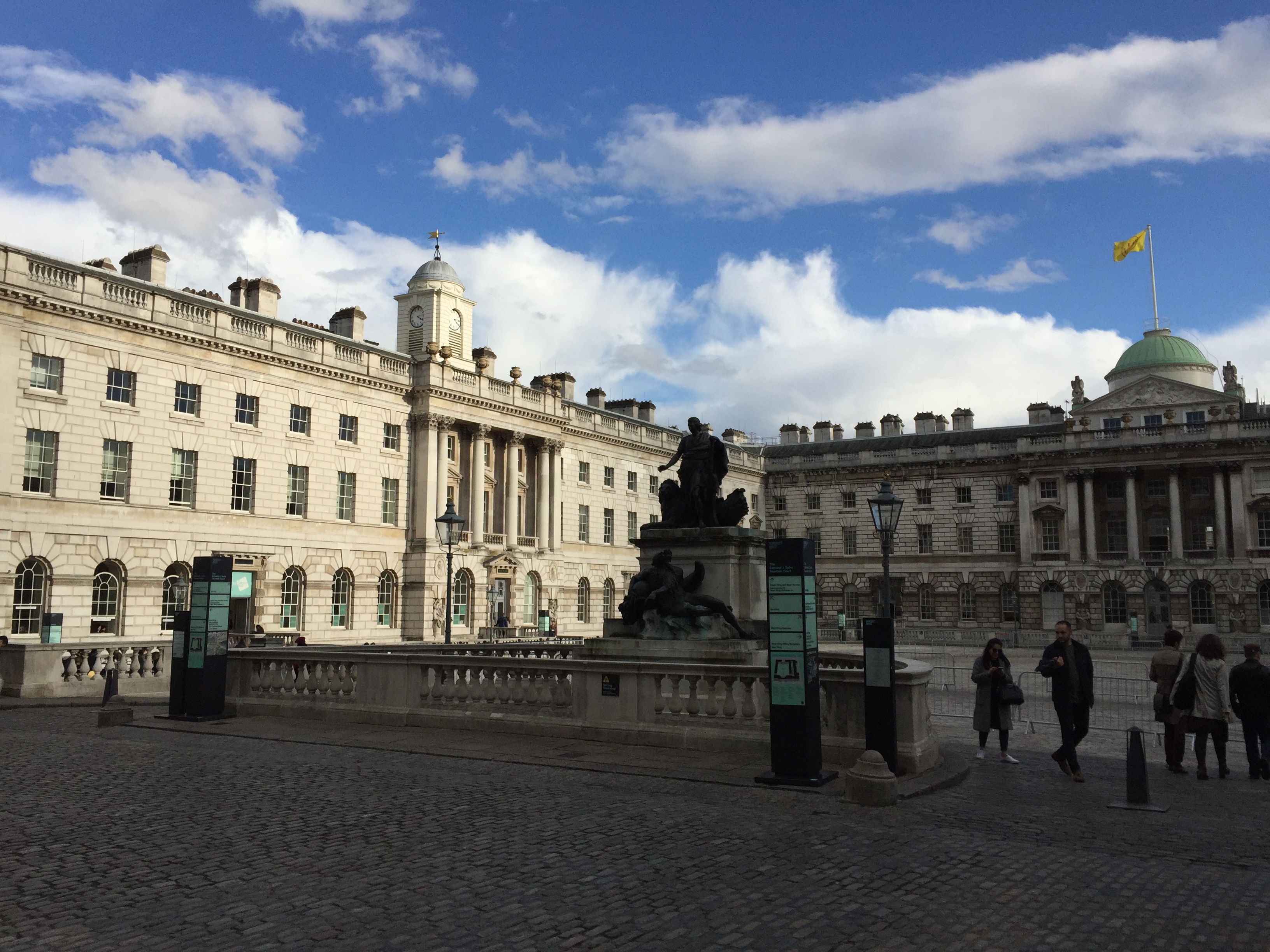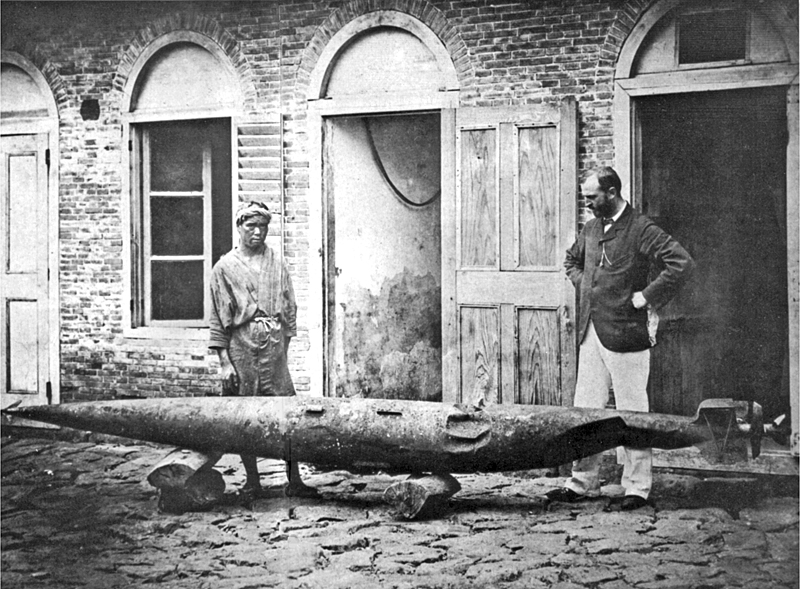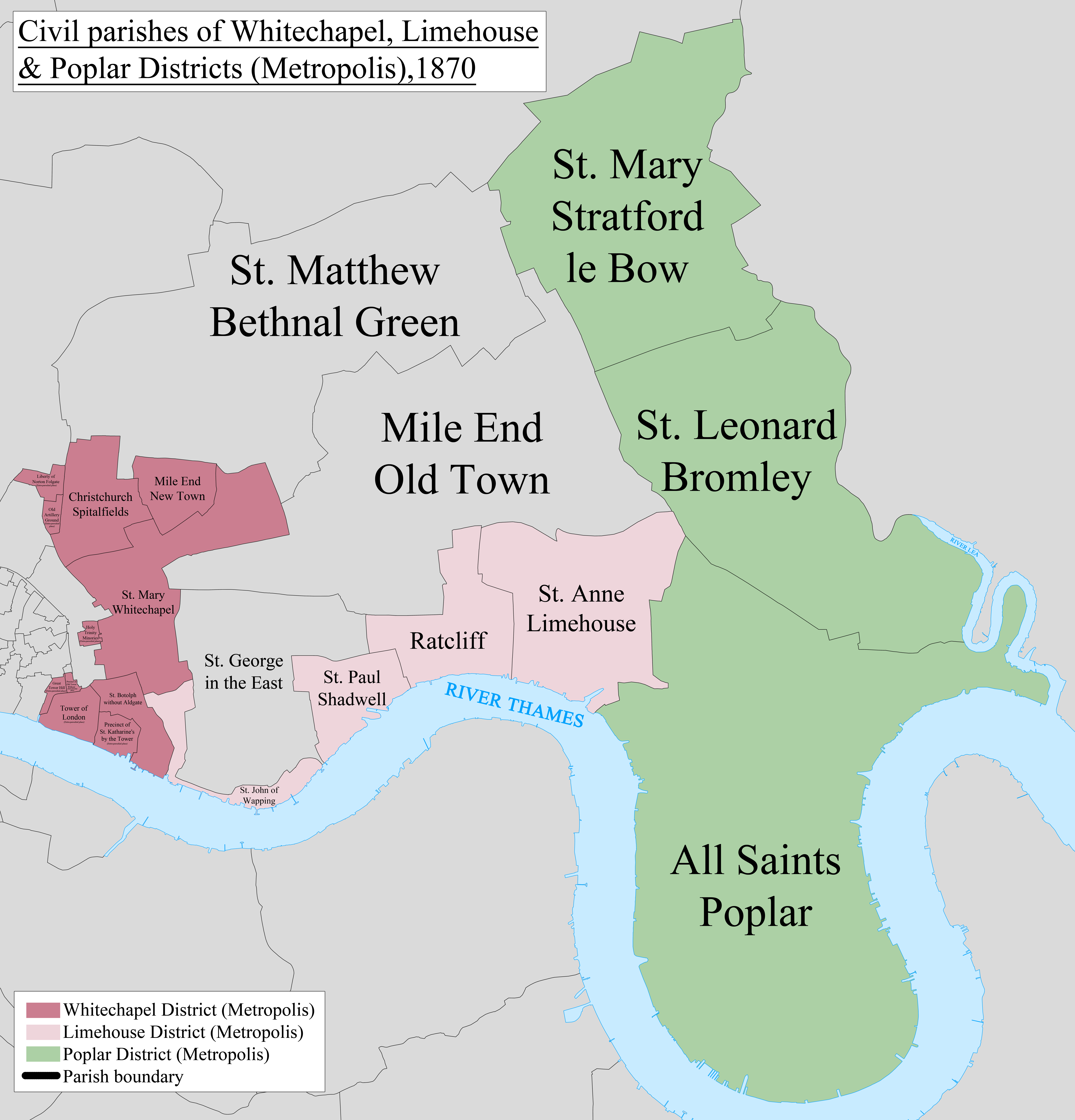|
Peter Brotherhood
Peter Brotherhood (1838–1902) was an English engineer. He invented the Brotherhood engine used for torpedoes as well as many other engineering products. With his son he built a large engineering business in London bearing his name, Peter Brotherhood. His son Stanley moved the works to Peterborough in 1903 where their engineering business continued to grow. On 30 October 2015 Hayward Tyler Group PLC completed the acquisition of the trade and assets of the Peter Brotherhood business from Dresser-Rand Group, Dresser-Rand Company Ltd, a Siemens-owned company. Family of engineers Brotherhood was the second son of the 14 children of Priscilla (née Penton) and Rowland Brotherhood (1812-1883), an English engineer. He was born in Maidenhead, Berkshire on 22 April 1838 and raised in comfortable circumstances in Chippenham, Wiltshire near his father's engineering works. From the ages of 13 to 18, he studied applied science at King's College School. After practical experience including ... [...More Info...] [...Related Items...] OR: [Wikipedia] [Google] [Baidu] [Amazon] |
Strand Campus
The Strand Campus is the founding campus of King's College London and is located on the Strand in the City of Westminster, adjacent to Somerset House and continuing its frontage along the River Thames. The original campus comprises the Grade I listed King's Building of 1831 designed by Sir Robert Smirke, and the college chapel, redesigned in 1864 by Sir George Gilbert Scott with the subsequent purchase of much of adjacent Surrey Street (including the Norfolk and Chesham Buildings) since the Second World War and the 1972 Strand Building. The Macadam Building of 1975 previously housed the Strand Campus Students' Union and is named after King's alumnus Sir Ivison Macadam, first President of the National Union of Students. The Strand Campus houses the arts and science faculties of King's, including the Faculties of Arts & Humanities, Law, Social Science & Public Policy and Natural & Mathematical Sciences (formerly Physical Sciences & Engineering & Computer Science). The St ... [...More Info...] [...Related Items...] OR: [Wikipedia] [Google] [Baidu] [Amazon] |
Whitehead Torpedo
The Whitehead torpedo was the first self-propelled or "locomotive" torpedo ever developed. It was perfected in 1866 by British engineer Robert Whitehead from a rough design conceived by Giovanni Luppis of the Austro-Hungarian Navy in Fiume. It was driven by a three-cylinder compressed-air engine invented, designed, and made by Peter Brotherhood. Many naval services procured the Whitehead torpedo during the 1870s, including the US Navy. This early torpedo proved itself in combat during the Russo-Turkish War when, on 16 January 1878, the Ottoman ship ''Intibah'' was sunk by Russian torpedo boats carrying Whiteheads, though this story has been disputed in one book. The term "torpedo" comes from the torpedo fish, which is a type of ray that delivers an electric shock to stun its prey. History During the 19th century, an officer of the Austrian Marine Artillery conceived the idea of using a small boat laden with explosives, propelled by a steam or an air engine and steere ... [...More Info...] [...Related Items...] OR: [Wikipedia] [Google] [Baidu] [Amazon] |
Royal Navy
The Royal Navy (RN) is the naval warfare force of the United Kingdom. It is a component of His Majesty's Naval Service, and its officers hold their commissions from the King of the United Kingdom, King. Although warships were used by Kingdom of England, English and Kingdom of Scotland, Scottish kings from the early Middle Ages, medieval period, the first major maritime engagements were fought in the Hundred Years' War against Kingdom of France, France. The modern Royal Navy traces its origins to the English Navy of the early 16th century; the oldest of the British Armed Forces, UK's armed services, it is consequently known as the Senior Service. From the early 18th century until the World War II, Second World War, it was the world's most powerful navy. The Royal Navy played a key part in establishing and defending the British Empire, and four Imperial fortress colonies and a string of imperial bases and coaling stations secured the Royal Navy's ability to assert naval superior ... [...More Info...] [...Related Items...] OR: [Wikipedia] [Google] [Baidu] [Amazon] |
Radial Engine
The radial engine is a reciprocating engine, reciprocating type internal combustion engine, internal combustion engine configuration in which the cylinder (engine), cylinders "radiate" outward from a central crankcase like the spokes of a wheel. It resembles a stylized Star polygon, star when viewed from the front, and is called a "star engine" in some other languages. The radial configuration was commonly used for aircraft engines before gas turbine engines became predominant. Engine operation Since the axes of the cylinders are coplanar, the connecting rods cannot all be directly attached to the crankshaft unless mechanically complex forked connecting rods are used, none of which have been successful. Instead, the pistons are connected to the crankshaft with a master-and-articulating-rod assembly. One piston, the uppermost one in the animation, has a master rod with a direct attachment to the crankshaft. The remaining pistons pin their connecting rods' attachments to rings ar ... [...More Info...] [...Related Items...] OR: [Wikipedia] [Google] [Baidu] [Amazon] |
Whitechapel
Whitechapel () is an area in London, England, and is located in the London Borough of Tower Hamlets. It is in east London and part of the East End of London, East End. It is the location of Tower Hamlets Town Hall and therefore the borough town centre. Whitechapel is located east of Charing Cross. The district is primarily built around Whitechapel High Street and Whitechapel Road, which extend from the City of London boundary to just east of Whitechapel station. These two streets together form a section of the originally Roman Road from the Aldgate to Colchester, a route that later became known as the ''Great Essex Road''. Population growth resulting from ribbon development along this route, led to the creation of the parish of Whitechapel, a daughter parish of Stepney#Manor and Ancient Parish, Stepney, from which it was separated, in the 14th century. Whitechapel has a long history of having a high proportion of immigrants within the community. From the late 19th century unt ... [...More Info...] [...Related Items...] OR: [Wikipedia] [Google] [Baidu] [Amazon] |
Coldharbour Mill
Coldharbour Mill, near the village of Uffculme in Devon, England, is one of the oldest woollen textile mills in the world, having been in continuous production since 1797. The mill was one of a number owned by Fox Brothers, and is designated by English Heritage as a Grade II* listed building. Location Coldharbour Mill can be found just off junction 27 of the M5 motorway near the village of Uffculme, and near to the border with Somerset. The headquarters for the mill was at Tonedale in Wellington. The water provided by the nearby River Culm was a prime factor in Thomas Fox's decision to purchase the existing grist mill. In 1797, he wrote to his brother "I have purchased the premises at Uffculme for eleven hundred guineas, which I do not think dear as they include about fifteen acres of very fine meadow land. The buildings are but middling, but the stream good."Fox, Hubert ''Quaker Homespun, The Life of Thomas Fox of Wellington, Serge Maker and Banker 1747-1821'' privately prin ... [...More Info...] [...Related Items...] OR: [Wikipedia] [Google] [Baidu] [Amazon] |
Beam Engine
A beam engine is a type of steam engine where a pivoted overhead Beam (structure), beam is used to apply the force from a vertical piston to a vertical connecting rod. This configuration, with the engine directly driving a pump, was first used by Thomas Newcomen around 1705 to remove water from mines in Cornwall. The efficiency of the engines was improved by engineers including James Watt, who added a separate Condenser (heat transfer), condenser; Jonathan Hornblower and Arthur Woolf, who Compound steam engine, compounded the cylinders; and William McNaught (Glasgow), William McNaught, who devised a method of compounding an existing engine. Beam engines were first used to pump water out of mines or into canals but could be used to pump water to supplement the flow for a waterwheel powering a watermill, mill. The rotative beam engine is a later design of beam engine where the connecting rod drives a flywheel by means of a Crank (mechanism), crank (or, historically, by means of ... [...More Info...] [...Related Items...] OR: [Wikipedia] [Google] [Baidu] [Amazon] |
Clerkenwell
Clerkenwell ( ) is an area of central London, England. Clerkenwell was an Civil Parish#Ancient parishes, ancient parish from the medieval period onwards, and now forms the south-western part of the London Borough of Islington. The St James's Church, Clerkenwell, church of St James in Clerkenwell Close and nearby Clerkenwell Green sit at the centre of Clerkenwell. Located on the edge of the City of London, it was the home of the Clerkenwell Priory, Priory of St John and the site of a number of wells and spas, including Sadlers Wells and Spa Green. The well after which the area was named was rediscovered in 1924. The Marquess of Northampton owned much of the land in Clerkenwell, reflected in placenames such as Northampton Square, Spencer Street and Compton Street. The watchmaking and watch repairing trades were once of great importance, particularly in the area around Northampton Square. In the 20th century, Clerkenwell became known as a centre for architecture and design. Cl ... [...More Info...] [...Related Items...] OR: [Wikipedia] [Google] [Baidu] [Amazon] |
Millwrights
A millwright is a craftsman or skilled tradesman who installs, dismantles, maintains, repairs, reassembles, and moves machinery in factories, power plants, and construction sites. The term ''millwright'' (also known as ''industrial mechanic'') is mainly used in the United States, Canada and South Africa to describe members belonging to a particular trade. Other countries use different terms to describe tradesmen engaging in similar activities. Related but distinct crafts include machinists, mechanics and mechanical fitters. As the name suggests, the original function of a millwright was the construction of flour mills, sawmills, paper mills and fulling mills powered by water or wind, made mostly of wood with a limited number of metal parts. Since the use of these structures originates in antiquity, millwrighting could arguably be considered one of the oldest engineering trades and the forerunner of modern mechanical engineering. In modern usage, a millwright is engaged with ... [...More Info...] [...Related Items...] OR: [Wikipedia] [Google] [Baidu] [Amazon] |
Coldharbour Mill - Beam Engine - Geograph
Coldharbour , Cold Harbour, or Cold Harbor may refer to: Places England * Coldharbour, Buckinghamshire, a civil parish including Fairford Leys * Coldharbour, Cornwall * Cold Harbour, Lincolnshire, a hamlet near Old Somerby * Coldharbour, City of London * Coldharbour, Greenwich, London * Coldharbour (Lambeth ward), London * Coldharbour, Havering, London * Coldharbour, Tower Hamlets, London * Coldharbour, Surrey * Cold Harbour, Wiltshire, a hamlet of Great Hinton United States * Cold Harbor, Virginia ** Cold Harbor National Cemetery, at the site of the Battle of Cold Harbor ** Battle of Cold Harbor, American Civil War Arts and entertainment * ''Cold Harbour'' (novel), a 1990 novel by Jack Higgins * ''Cold Harbour'', a 1924 novel by Francis Brett Young * ''Cold Harbour'' (film), 2013 South African crime thriller * Coldharbour, a fictional town in ''The Silver Sequence'' young adult fantasy novels * Coldharbour, a fictional entity in ''The Elder Scrolls'' video game series ... [...More Info...] [...Related Items...] OR: [Wikipedia] [Google] [Baidu] [Amazon] |







